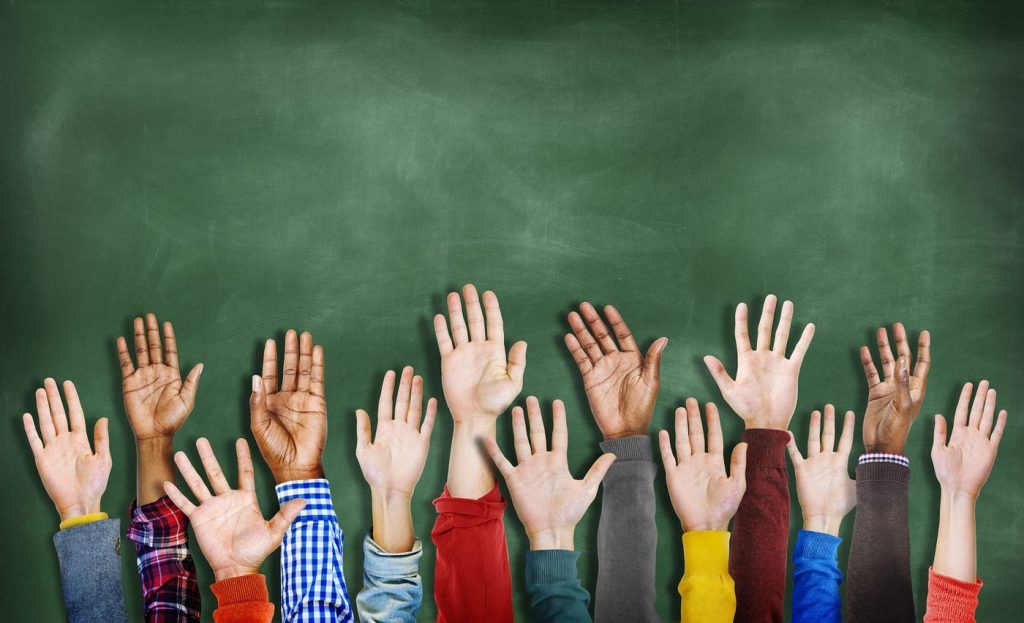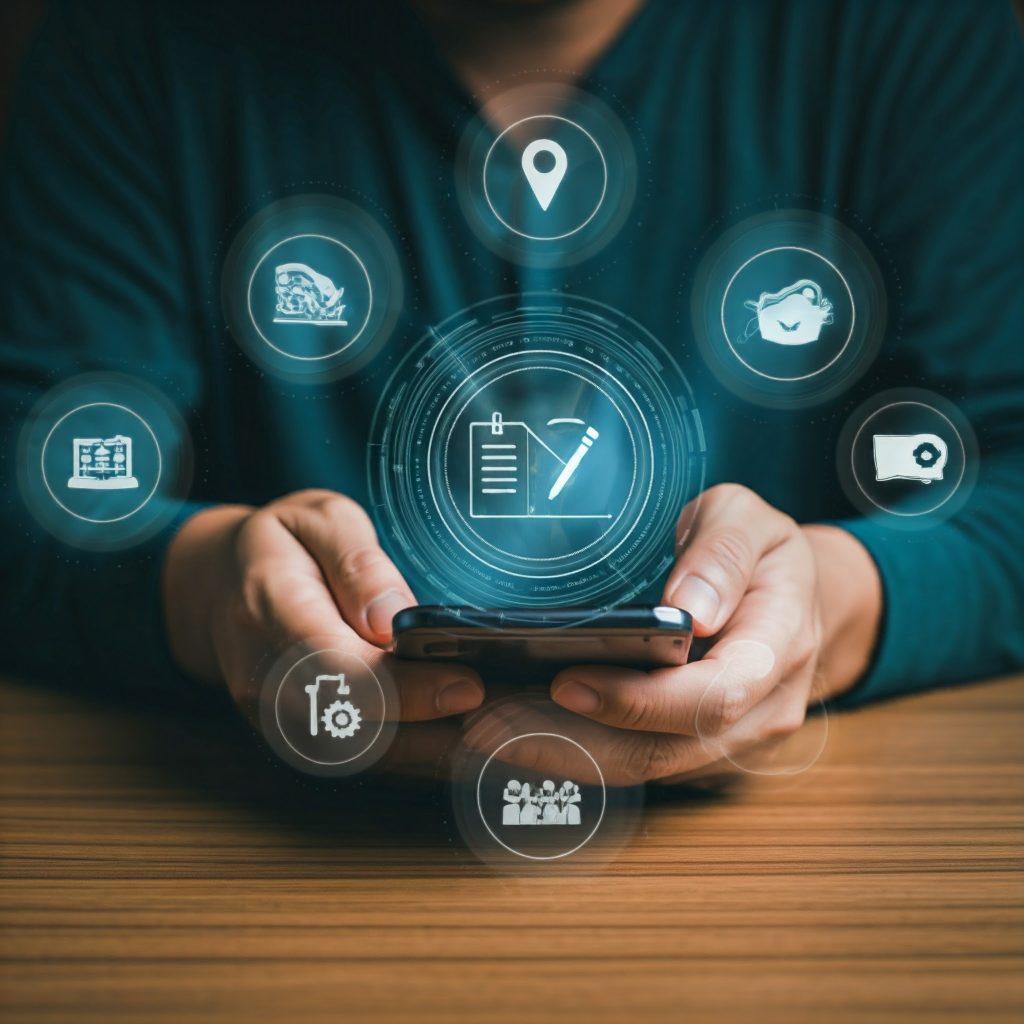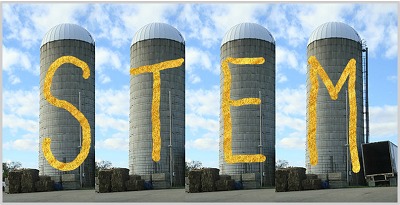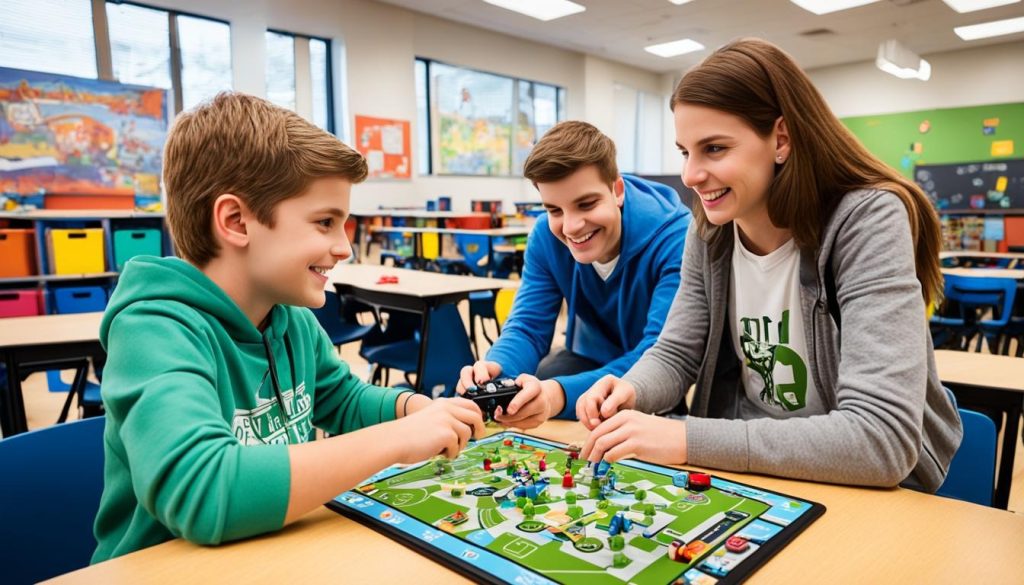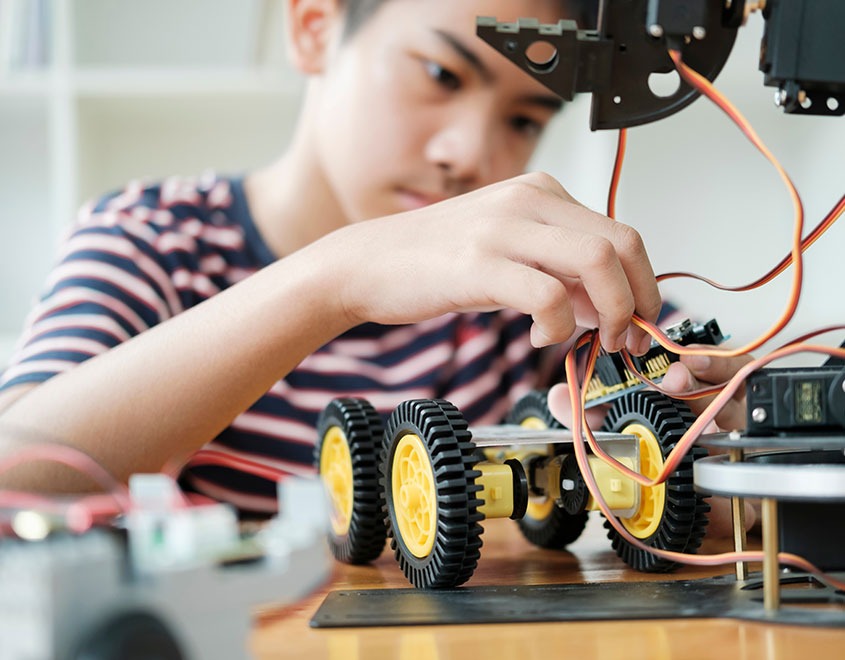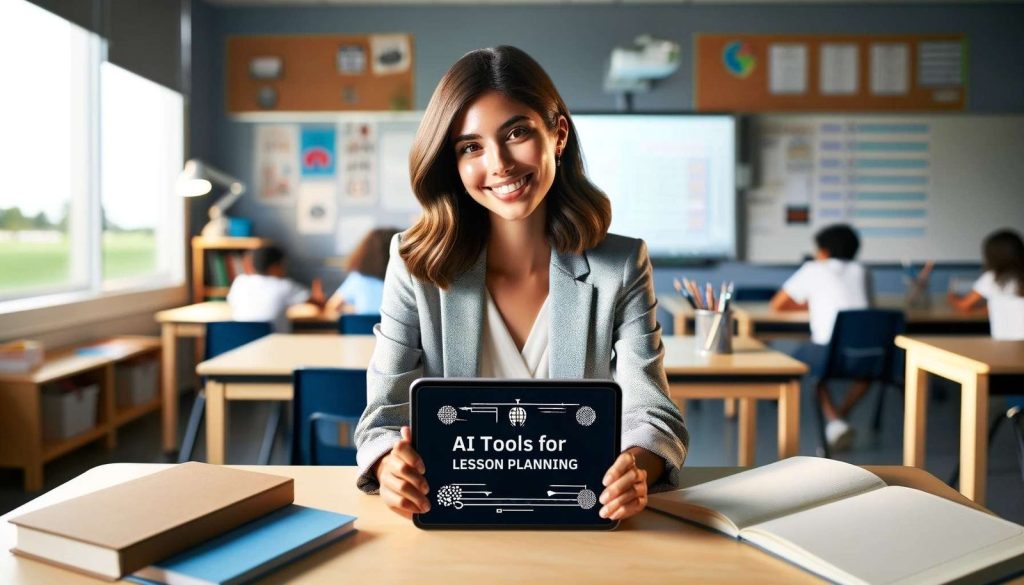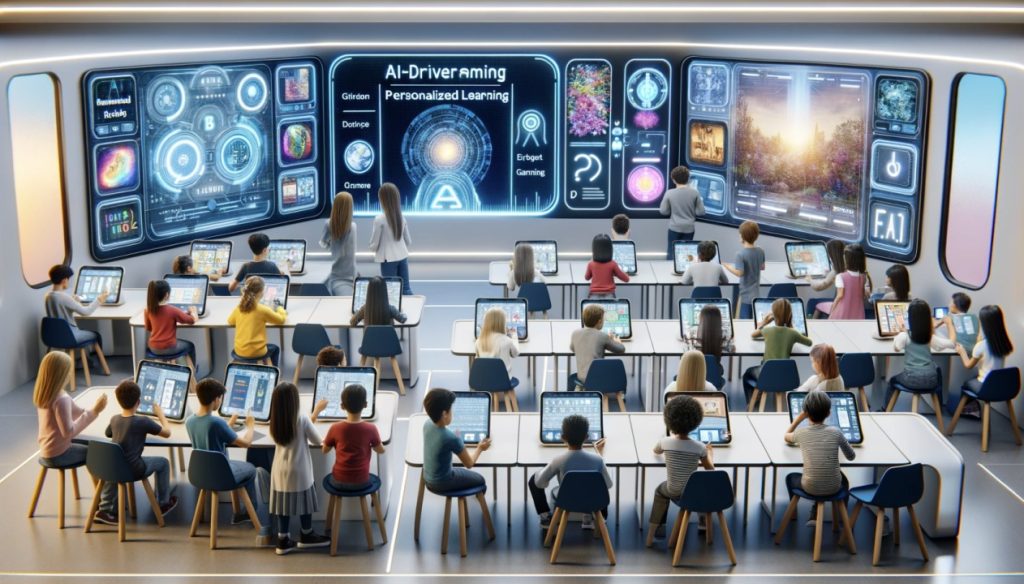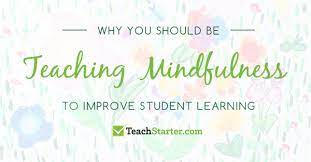As we approach 2025, the integration of eco-literacy into lesson planning across all subjects is set to become a major educational trend. This approach recognizes the urgent need to prepare students for the environmental challenges of the future and to foster a generation of environmentally conscious citizens.
In 2025, teachers will increasingly design lesson plans that incorporate environmental themes and sustainability concepts, regardless of the primary subject matter. This interdisciplinary approach will help students understand the interconnectedness of human activities and natural systems.
Science lessons will naturally lend themselves to eco-literacy integration. Teachers will plan hands-on experiments and field studies that allow students to directly observe and measure environmental phenomena. This might involve monitoring local water quality, studying biodiversity in a nearby ecosystem, or conducting energy audits of the school building.
In mathematics, teachers will incorporate real-world environmental data into problem-solving exercises. Students might analyze climate change statistics, calculate carbon footprints, or use mathematical models to predict future environmental scenarios.
Language arts lessons will include literature with environmental themes and writing assignments focused on ecological issues. Teachers might plan debates on environmental policies or assign persuasive essays on sustainability topics.
History and social studies lessons will be planned to include the environmental context of historical events and the evolution of human-nature relationships over time. This might involve studying the environmental impact of industrialization or examining how different cultures have traditionally interacted with their natural environments.
Art teachers will plan projects that use recycled materials or nature-based themes. Music lessons might explore soundscapes from nature or compositions inspired by environmental themes.
Technology classes will incorporate eco-friendly design principles and explore how digital solutions can address environmental challenges. This might involve coding apps to track personal carbon emissions or designing websites to raise awareness about local environmental issues.
One key aspect of eco-literacy integration will be planning for action-oriented learning. Teachers will design projects that allow students to apply their knowledge to make real-world environmental improvements, such as implementing recycling programs, creating school gardens, or conducting community awareness campaigns.
Assessment in eco-literacy integrated lessons will often take the form of project-based learning outcomes. Teachers will plan for students to demonstrate their understanding through practical applications, such as designing sustainable solutions to local environmental problems.
Professional development for teachers will increasingly focus on environmental education and sustainability concepts. This will help educators feel confident in integrating these themes across various subjects and grade levels.
One challenge in planning for eco-literacy integration will be ensuring balance and avoiding eco-anxiety. Teachers will need to present environmental challenges honestly while also emphasizing positive actions and solutions to maintain student engagement and hope.
As we move towards 2025, the integration of eco-literacy in lesson planning represents a shift towards more relevant, future-focused education. By weaving environmental awareness and sustainability skills throughout the curriculum, this approach promises to equip students with the knowledge and motivation to address the critical environmental challenges of their time.


